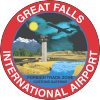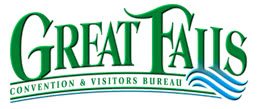Elk Hunting
Elk
Elk are arguably the wildest, most canning of big game with the noted exception of the grizzly bear. Elk are big, fast, incredibly tough, and have an unmatched combination of senses of which they take full advantage. Bull elk weigh in at 700-900 pounds live weight and the hind quarters can easily top 140 pounds each. One hind quarter of an elk can outweigh many eastern white tail deer. Elk are very fast and even the bulls with broad antlers can get through thick forest with minimal effort. They can jump almost treacherous downfall, and can cross deep snow that a horse or man would find impenetrable.
These attributes make elk the most sought after big game in North America. Their trophy antler racks grace the grandest estates and any modest adobes. With every elk hunt there is a story of preparation and determination in the face of unfavorable odds. Elk capture the hunter’s imagination like no other, and it is well deserved.
Elk Hunting in the Bob Marshall Wilderness
Montana has the second largest elk population in the US, with a majority of that population residing in the Bob Marshall Wilderness. This area is larger than the state of Delaware, and has no fences or roads traversing it. There are no permanent dwellings or settlements within its boundaries. The only way to get around the wilderness area is by foot or horseback on established trails.
Elk hunting in the Bob Marshall Wilderness is done from tent camps. In our case, we have established tent camps between 5 and 7 hour horseback ride from the nearest trailhead. This gets us into the heart of elk country, and while there may be others hunting the same areas from time to time we rarely encounter people outside of our camp.
This remote type of hunting has several advantages. It gets us far away from the usual hunting pressure associated with day access from a given trailhead. It also puts us in strategic locations with proven elk herds. In our case, the elk camps have been established and very successful since the early 1920’s.

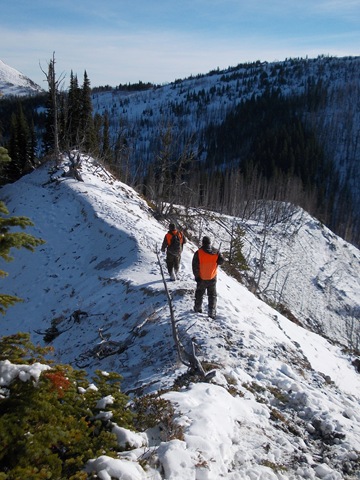
Montana Hunting Seasons
Montana has two rifle seasons for elk hunting. There is an early rifle season and the general (or late) rifle season.
The early rifle season starts in mid-September when the bull elk are in the rut and bugling. This is early start is restricted to only a couple of districts in the state. Hunting this time of year is unique due to hunting during the rut. The level of bugling activity can be weather dependant, but our hunting strategies are tuned towards hunting the bulls while they are in the rut and ideally vigorously bugling. The bulls are activity seeking, collecting, and protecting their harems of cows, and can exhibit very aggressive behavior. In the best of conditions bulls can be called in to within 20-50 yards. This is not common, but it’s these kinds of opportunities that give the greatest exhilaration in a hunt.
The general season hunt opens in late October. This opening applies to almost all hunting districts in the state where elk hunting is permitted. The general hunting season closes the Sunday after Thanksgiving day.
The general, or late, season is when the bulls have largely separated from cow herds and often are herded up in bachelor herds. They are focused on restocking fat and nutrients for the coming winter and will feed as much as they possibly can. Snow is common this time of year and allows us to do more tracking and monitoring of the migration paths.
Terrain
The areas we hunt are accessible by horse or foot only. It is by any sense mountainous. Our camps are in relatively close proximity to the Continental Divide. Our peaks are in the 8,000 – 9,000 foot elevation range. Our camps are in the valleys in the 6,000 foot elevation range. The steepness varies quite a bit, but we do not have as rugged or as high mountains as Colorado or Canada. Generally, the ridge tops are open and various ridges will have open meadows dotting across them. The valley floors are often the most timbered. We have had several forest fires since 2000 which have enhanced the elk habitat in the immediate vicinity.


Day in the Hunt
We generally leave camp in the dark with sufficient time to get to an area for glassing at first light. This usually requires riding in the dark for about an hour. The horses are well accustomed to this, although the first morning can be a little unnerving in trusting the horse this much.
The country has a lot of small openings so we look very carefully into the small meadows from strategic vantage points. If the bulls are bugling this helps locate them, but if not we can often catch the elk feeding in small parks. The rest of the day is spent glassing and stalking an area. The day ends with a return to camp in dusk or dark of early evening.


Preparation
We do our best to accommodate the physical capabilities of each hunter, but it is important to keep in mind always that a wilderness elk hunt will be physically demanding. When the weather is completely uncooperative, getting into elk can require us to get into tougher areas where elk are hanging out. My advice is to be in the best physical condition you can be in. Even if you haven't started until August 1, six weeks of walking and working out on machines will give you a lot of conditioning.

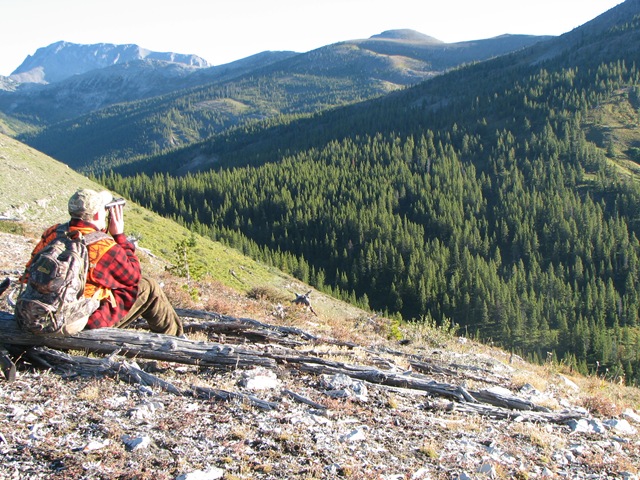
Shooting
I know ammunition is very expensive, but I strongly recommend spending extra time on the bench making sure the rifle is going to shoot straight and you are very comfortable with your weapon. Zero your rifle at 200 yards. Most of our shots are in the 250-300 yd range, but we can have much closer shots and can be faced with a 400 yard shot. If you shoot a bolt-action rifle, practice with a .22-caliber bolt-action (to save on ammunition). Muscle memory in shooting is important, especially for quick shots where you just get that glimpse.
Rifles
Anything from .270 (caliber) up is good. We are seeing quite a few .300 win-mags now and they are good guns. There are a lot of 30.06 out there and they are solid. 7mm rem-mag is popular as well. The key is to be confident and comfortable. Shot placement, accuracy, and confidence each count more than having a big gun.
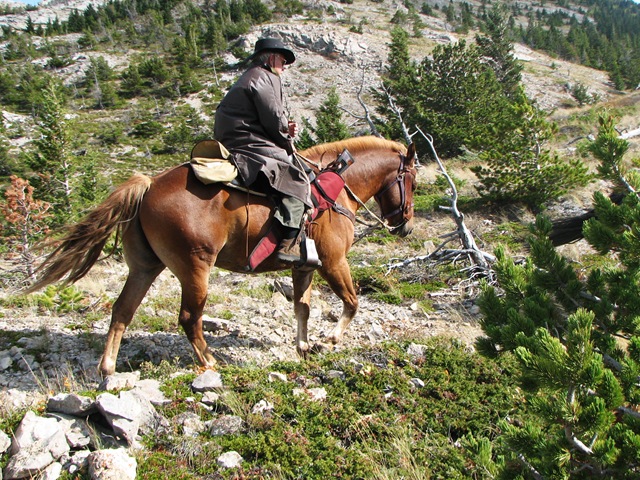
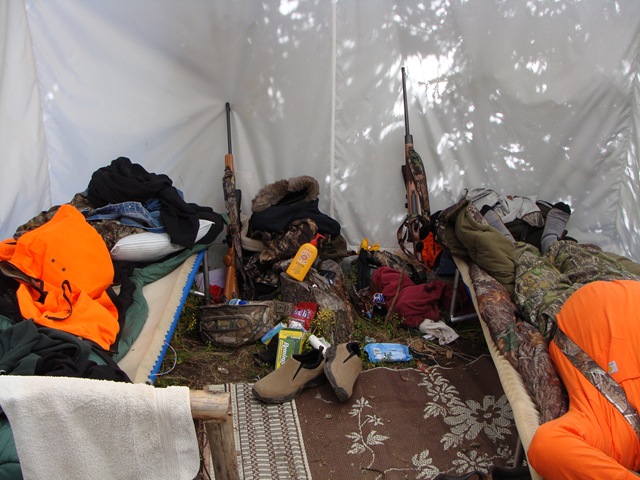
Clothing/Gear
You need good-quality clothing, a quiet outer layer, and layered gear that is interchangeable depending on the weather encountered. I recommend wool for the outer layer and silk or similar as the inner most layer. The in-between layers should be consummate with the expected temperatures for the day’s hunt. Wicking moisture is very important for the innermost layers. You will want to have sufficient clothes so you can change in camp and dry gear out. Have good boots, well broken in, and have them to match varying conditions. We recommend waterproof boots in the early season, and insulated books for the later part of the early season. Pack boots become necessary by the end of October. A list of recommended gear for your hunt is provided on our website.
Horses and Mules
The best wilderness elk hunting camps are far from the nearest road or access point. In the case of the Bob Marshall Wilderness the only way to get around is by horseback or hiking. All of our camp gear, provisions, and your equipment is packed in by mule. Hunters ride the horses. Once in camp, we use the horse to take us from camp to the individual areas that we are going to hunt from that day. Additionally, we take the mules to retrieve the elk from the field. Given the size of the average elk, we find that quartering the elk and packing them on mules is far preferable to de-boning and packing them out on our backs.

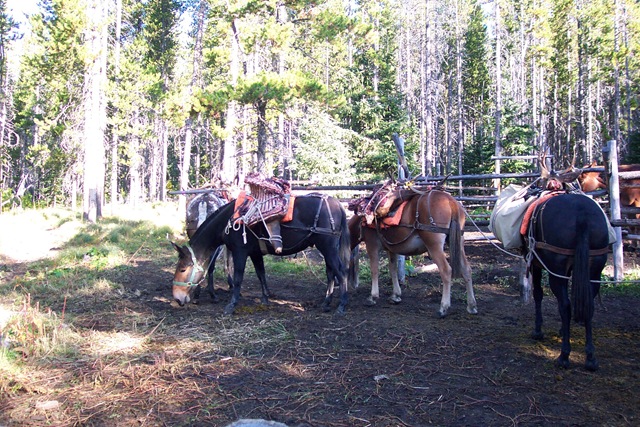
Camp
Wilderness camps typically have the necessities to efficiently hunt from. Our camp layout is to have a central mess tent, typically the largest tent in camp, for food storage, preparation and serving. We have smaller wall tents set up for hunter to store their gear and sleep in. These are heated by wood stoves, lit by propane lanterns, and comfortably hold 2 guys. The ground gets cold in the fall so we have cots and foam pads for sleeping. The guides and camp cook have a medium sized sleeping tent. There are other tents for camp equipment storage, saddles, and hay.
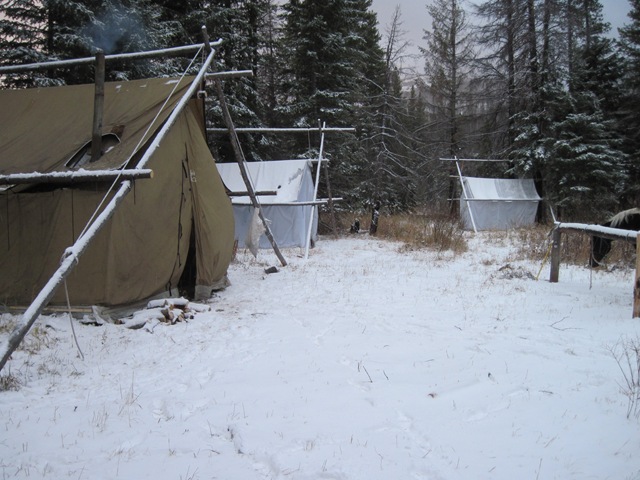
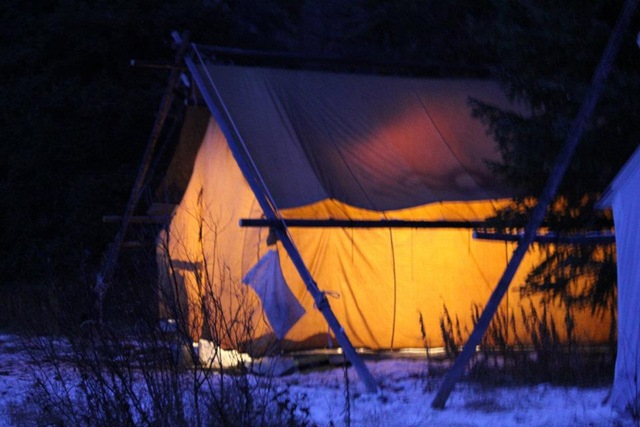
There is a lot of work done by lantern light in the corral area so you will find lanterns near the corrals and hitching racks where we take care of the horses and mules. More information can be found on our camp page.
About
A Lazy H Outfitters is a family business operated by Joseph and Lis Haas. We have been taking guests and friends into the mountains for 100 years. We are passionate about providing you an extraordinary adventure into what we think is the coolest wild country in the lower 48 states.
GET IN TOUCH
- P.O. Box 167
Choteau, MT 59422 - Phone: (800) 893-1155
- Email: [email protected]

